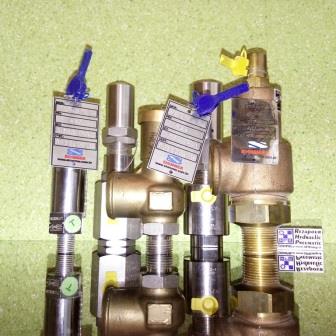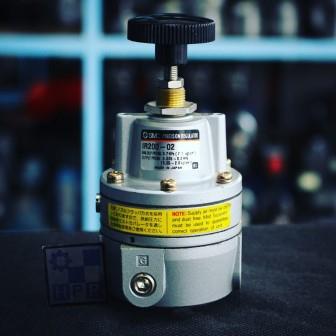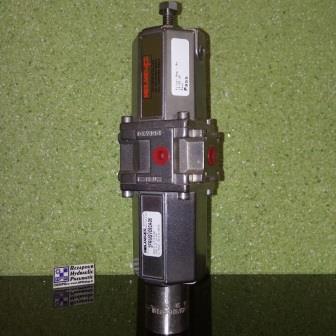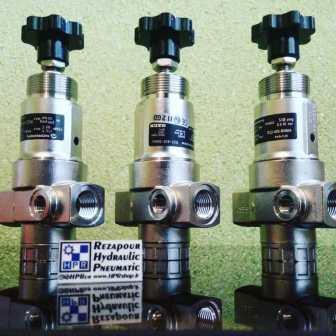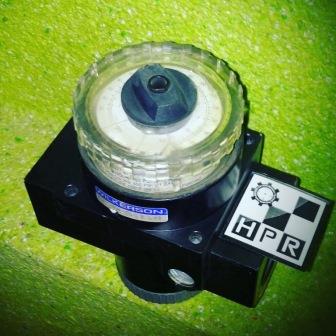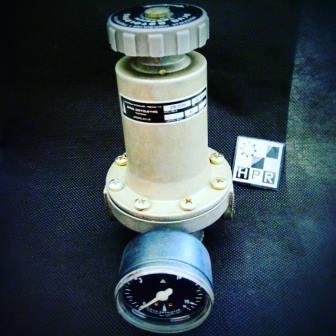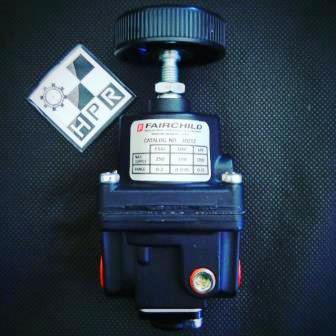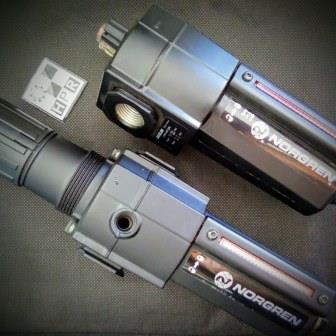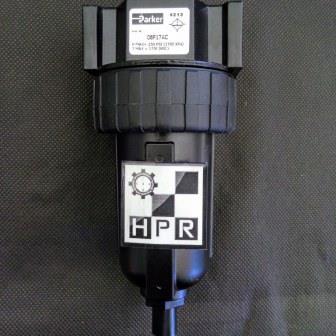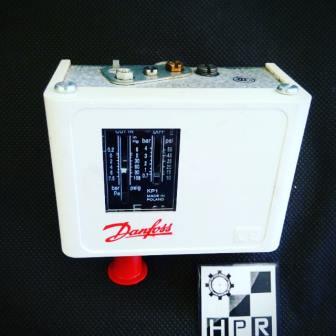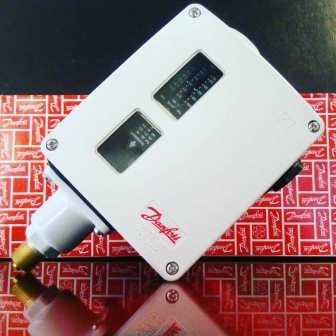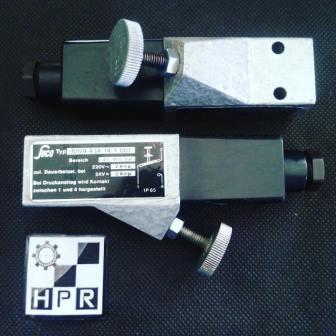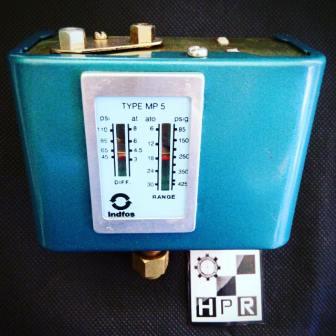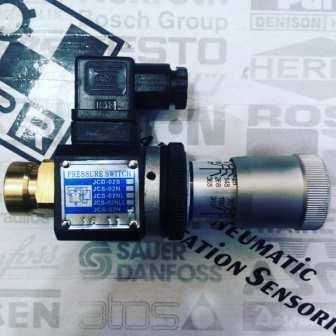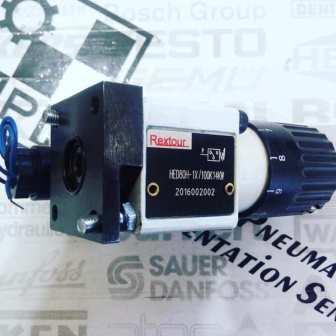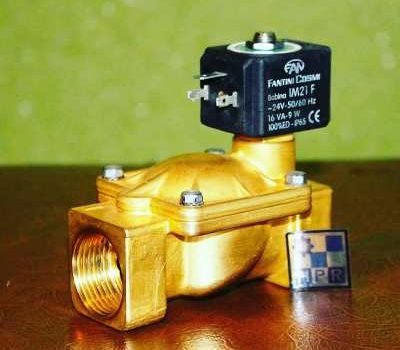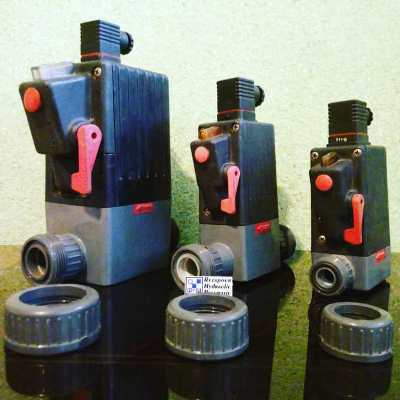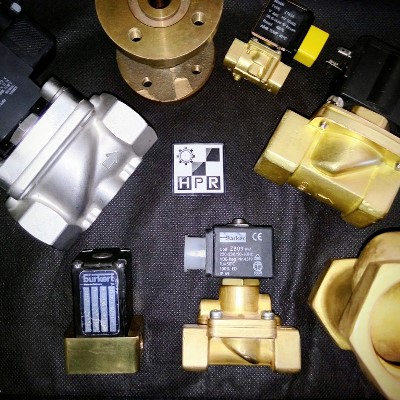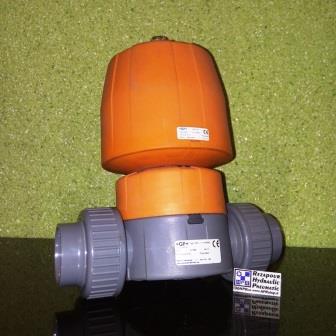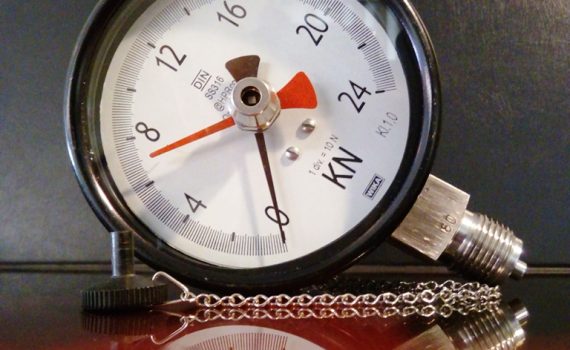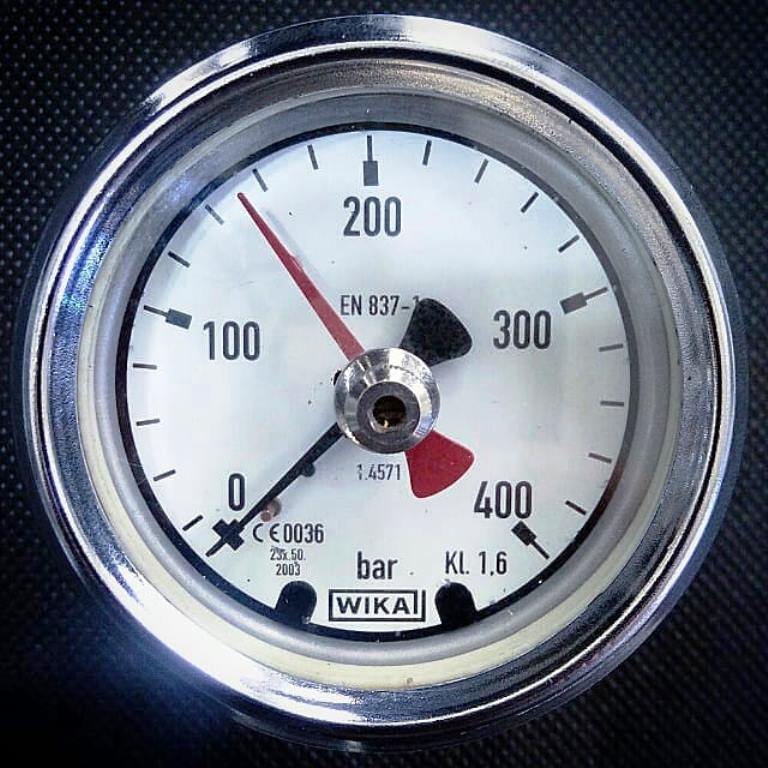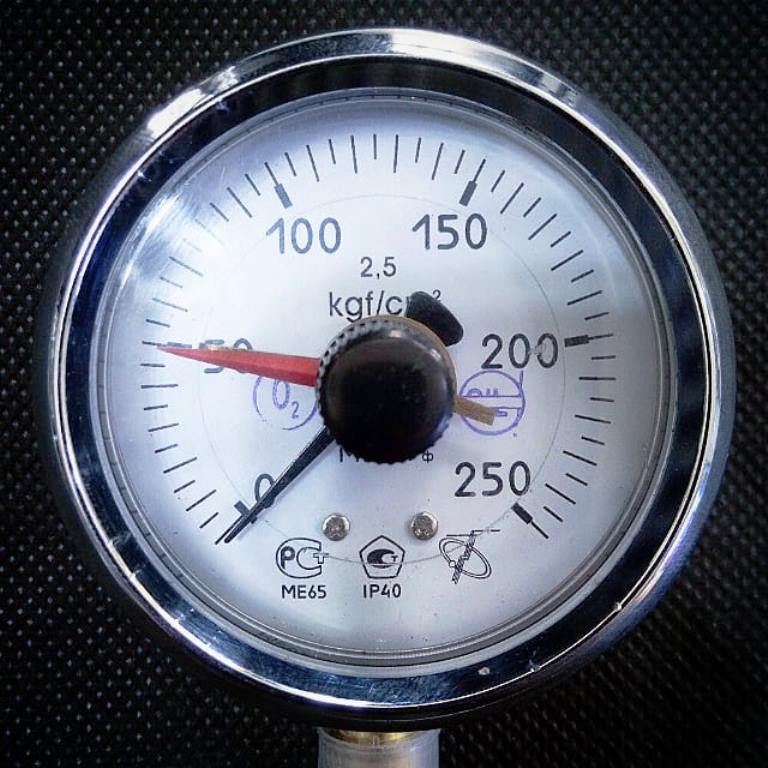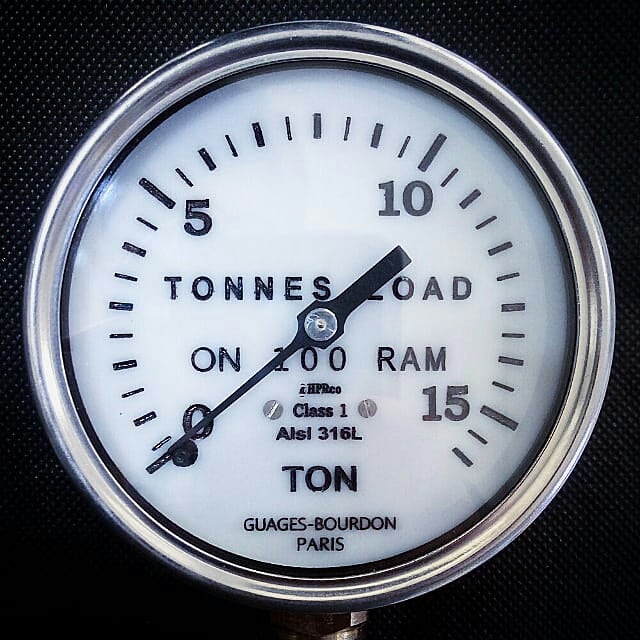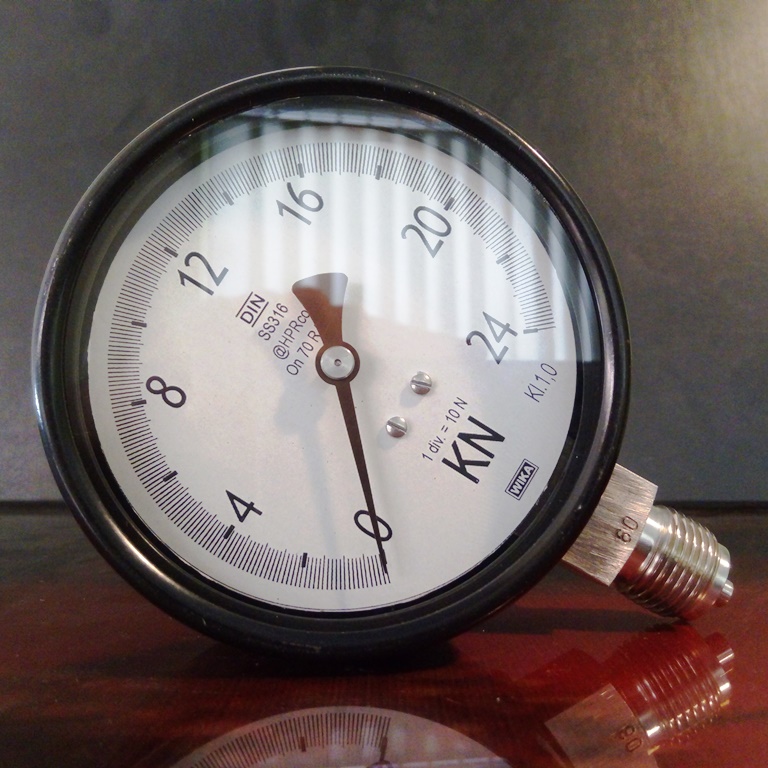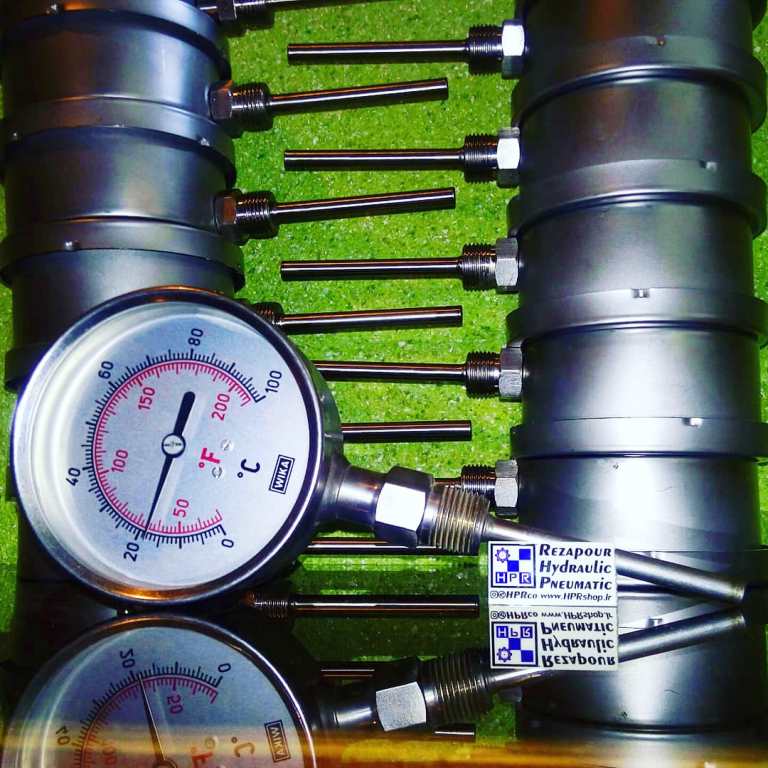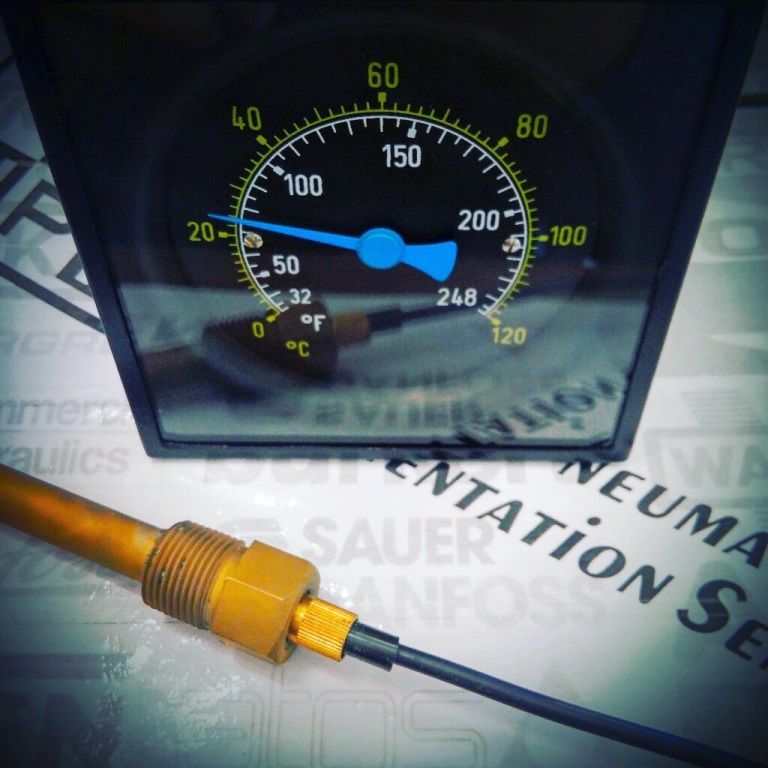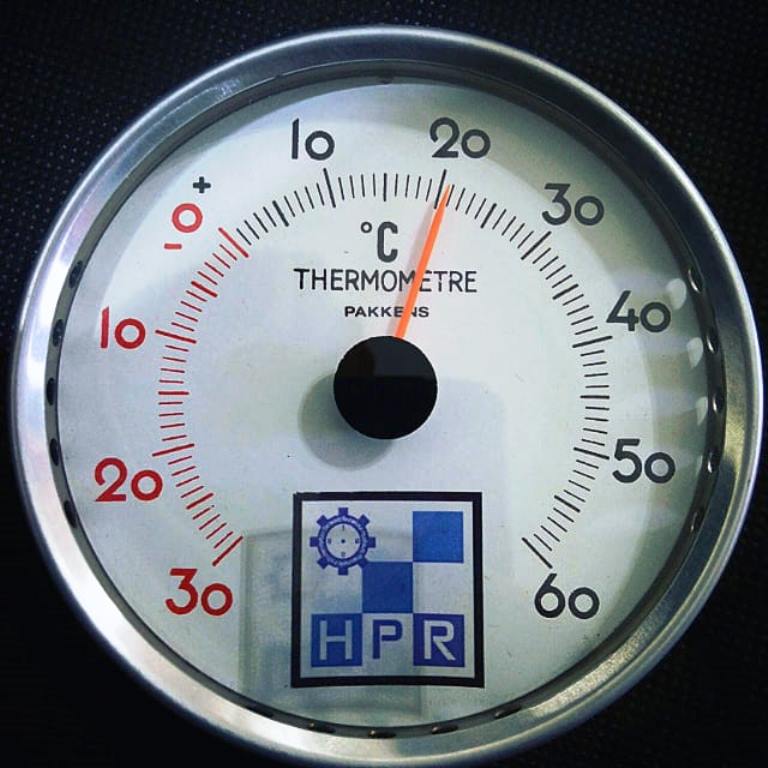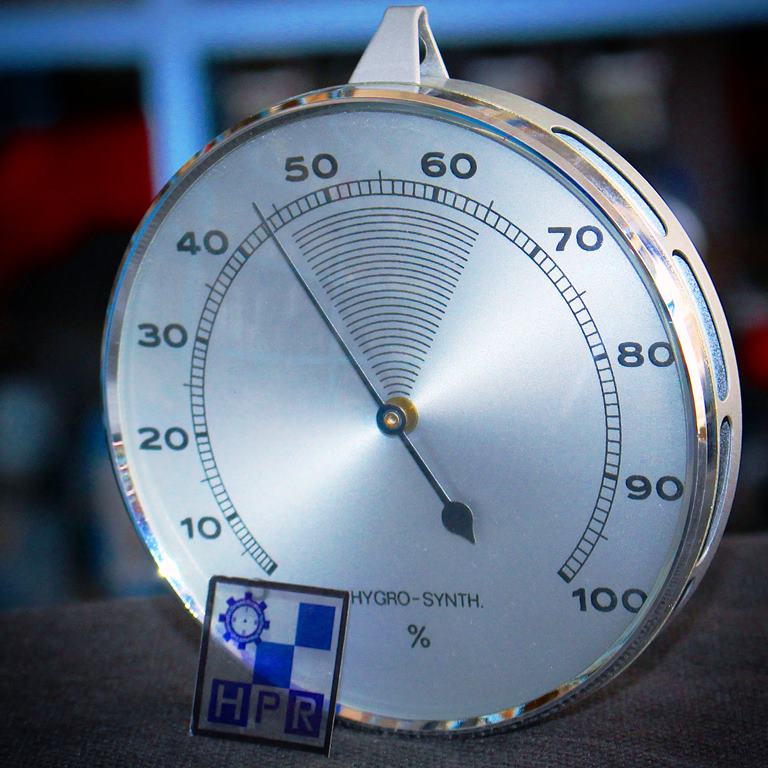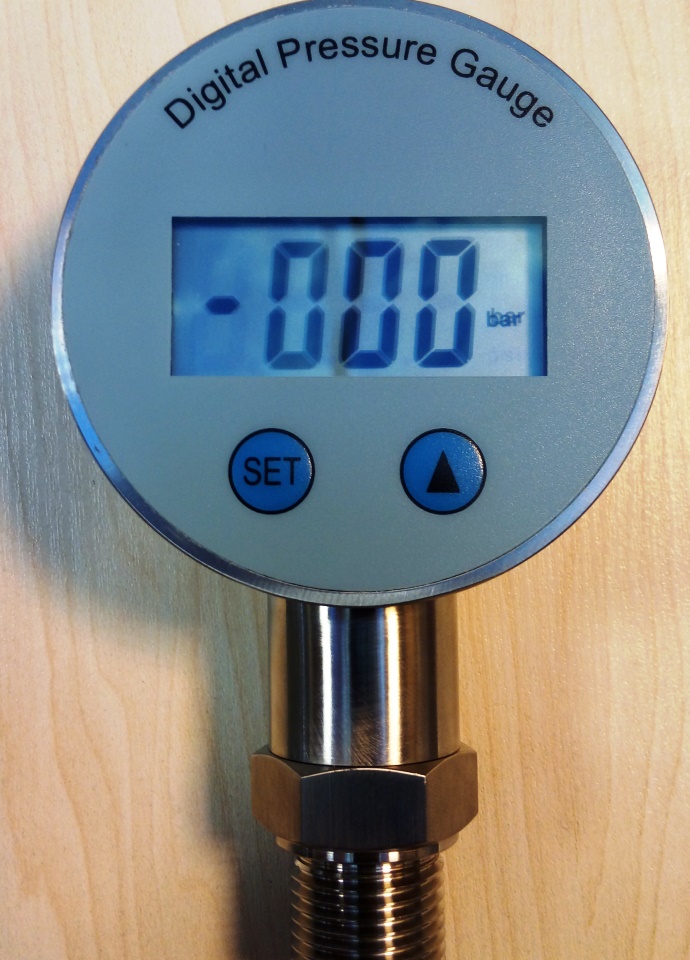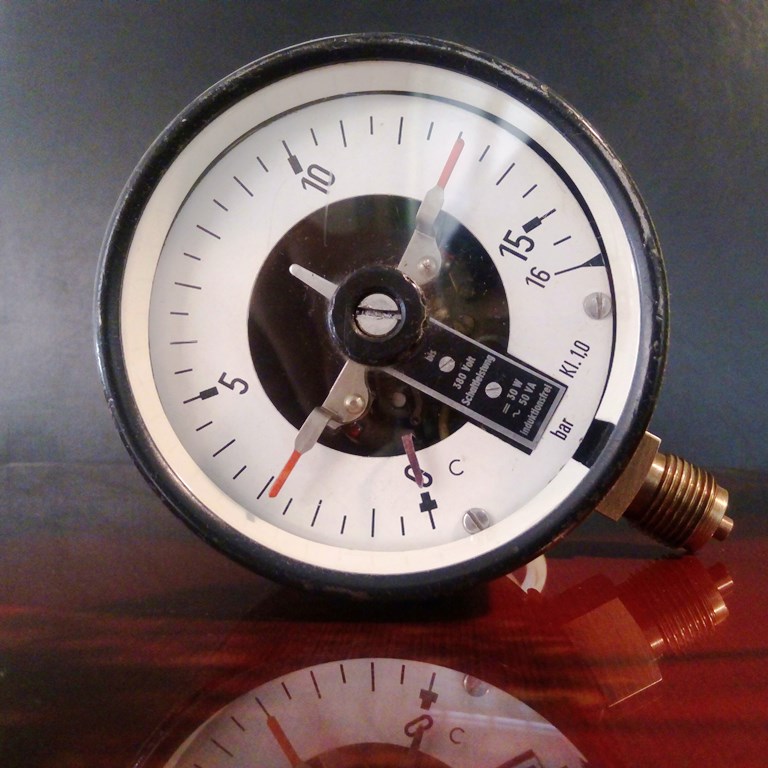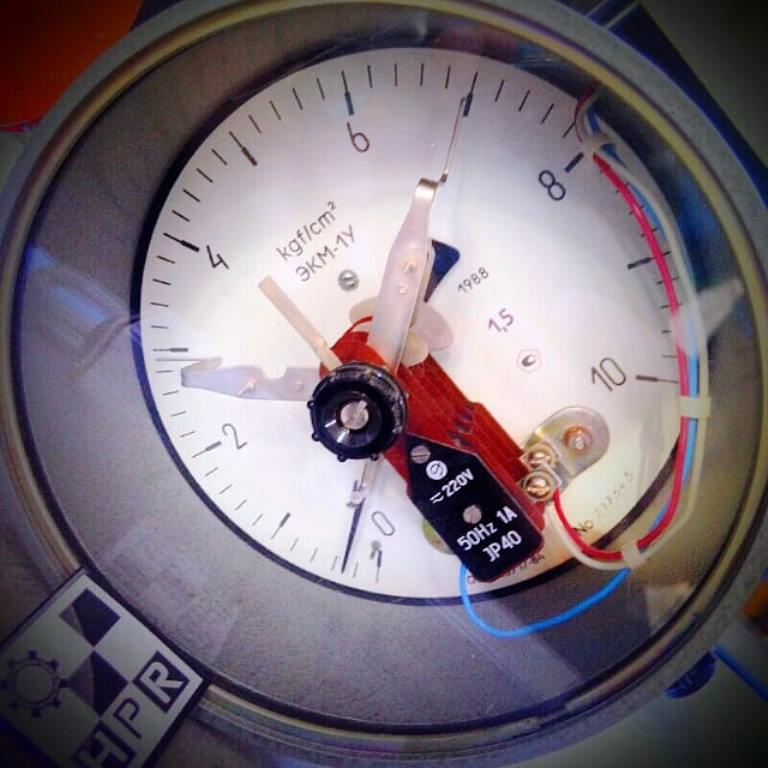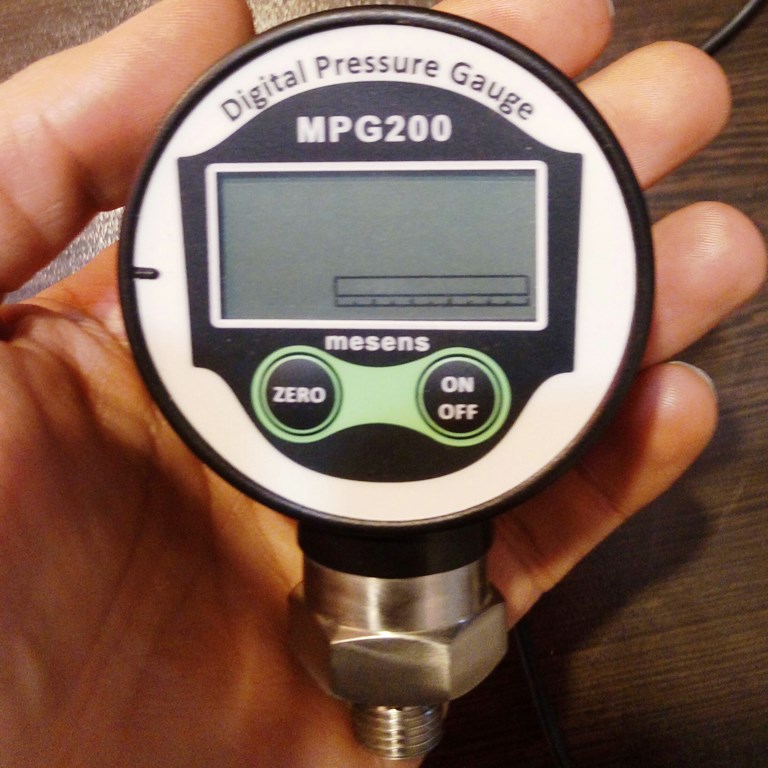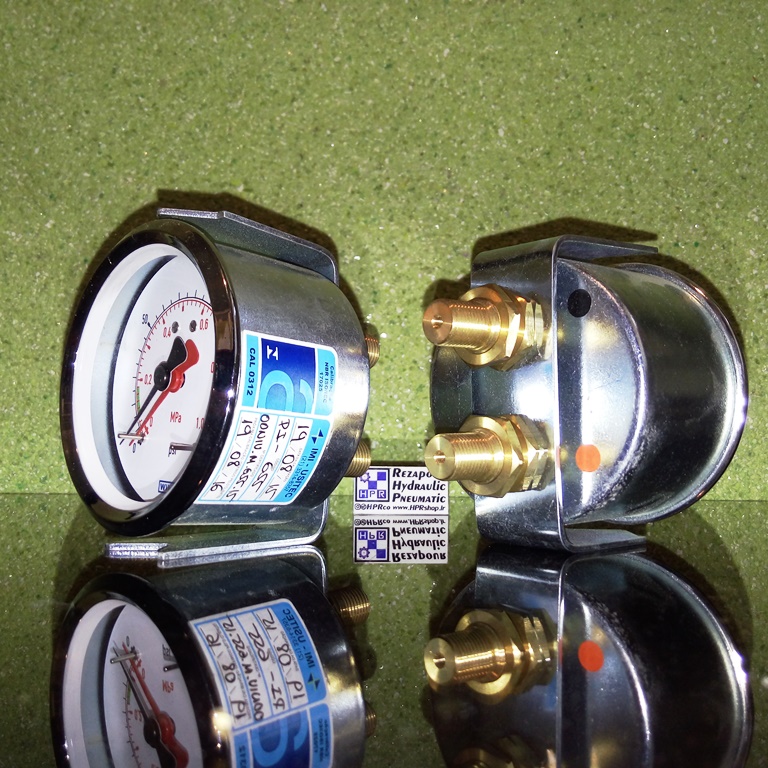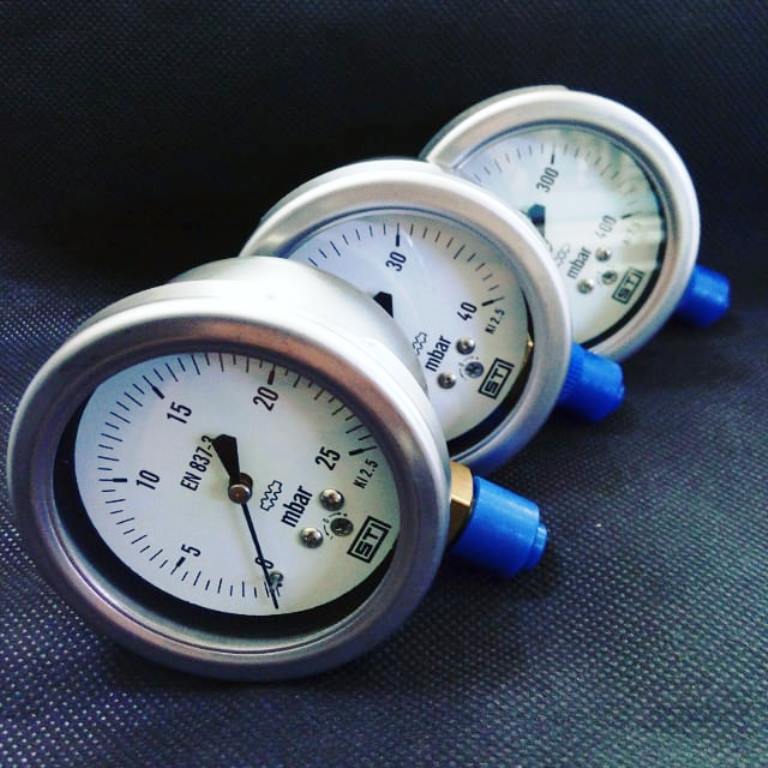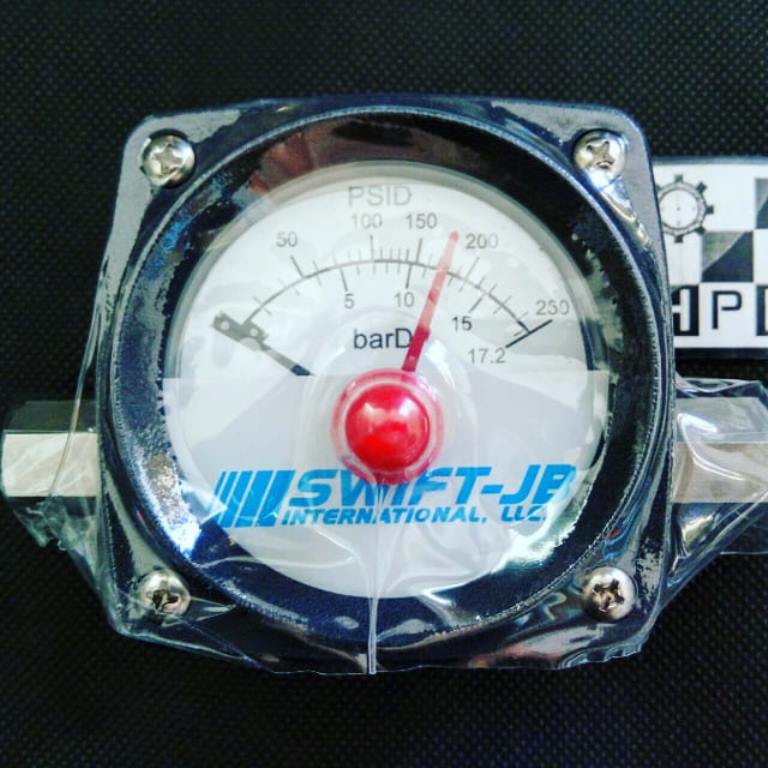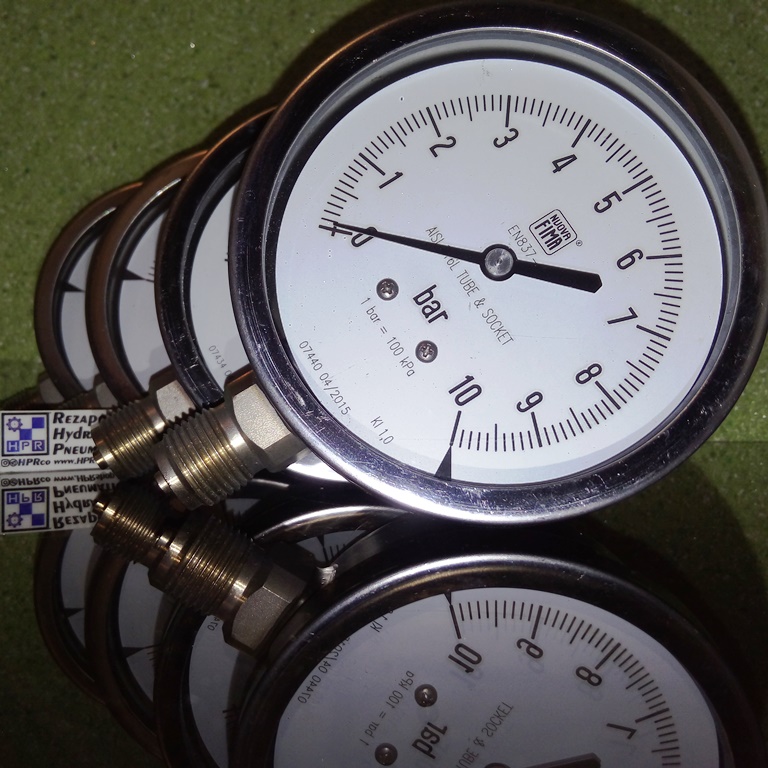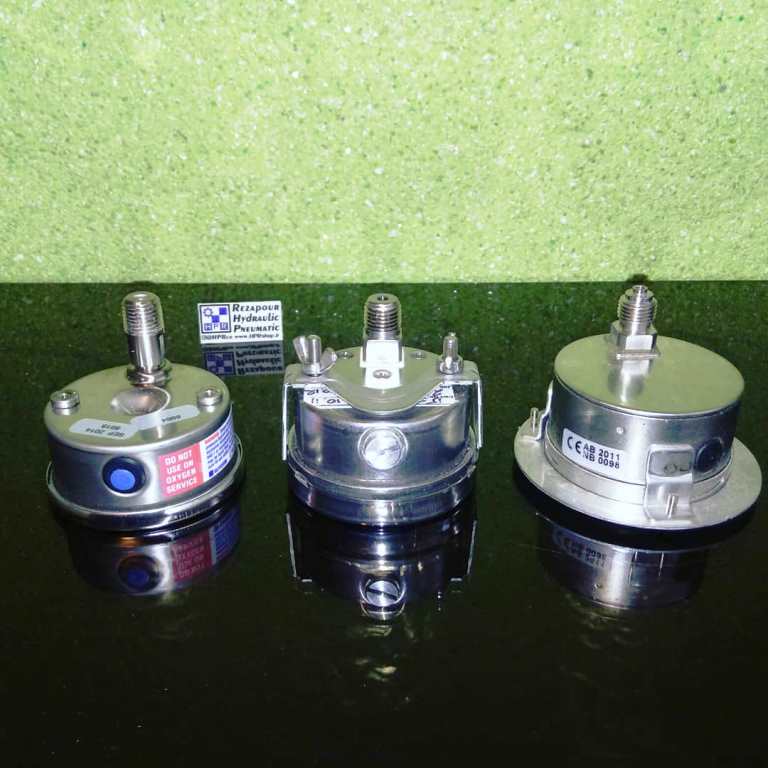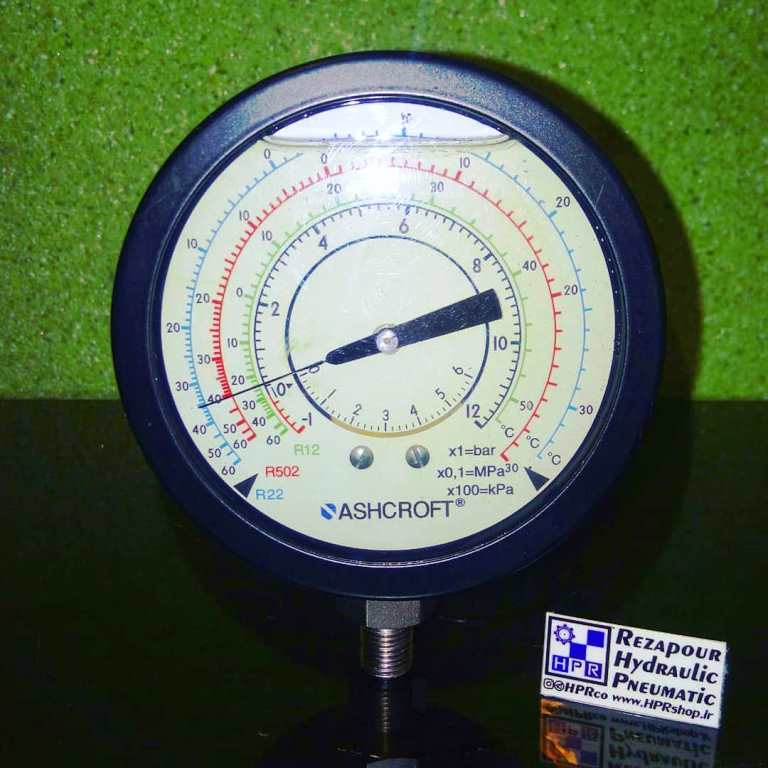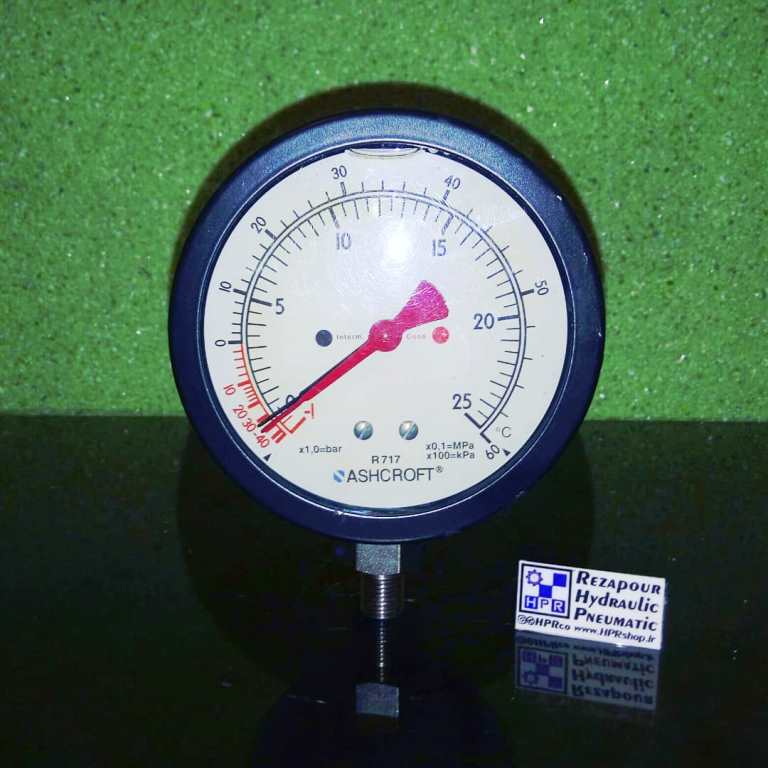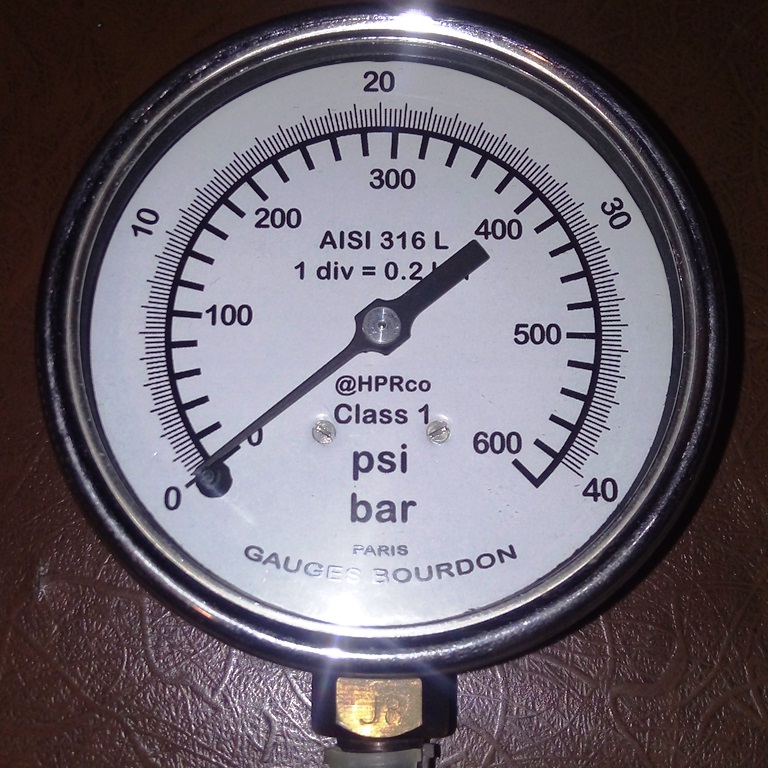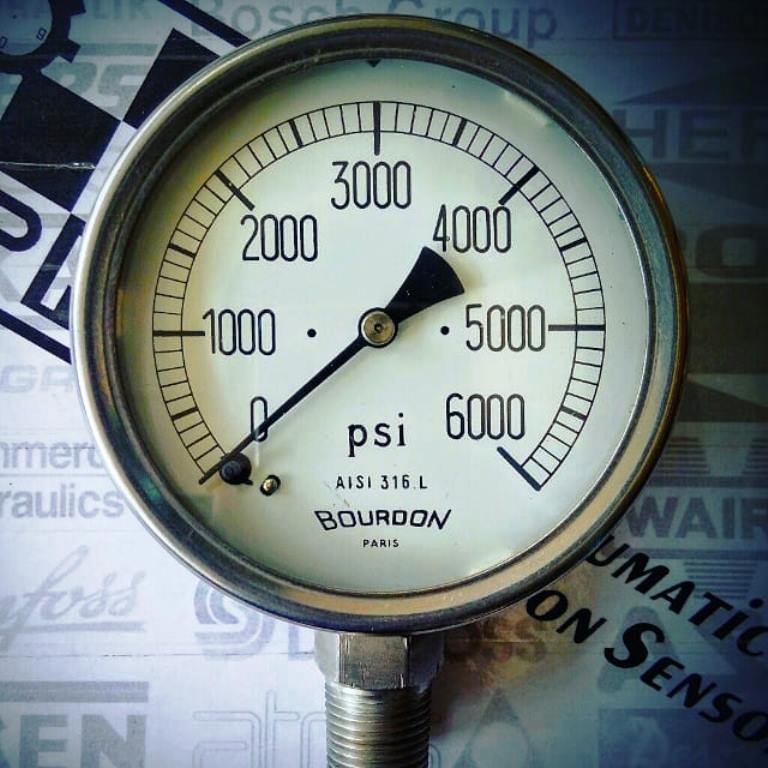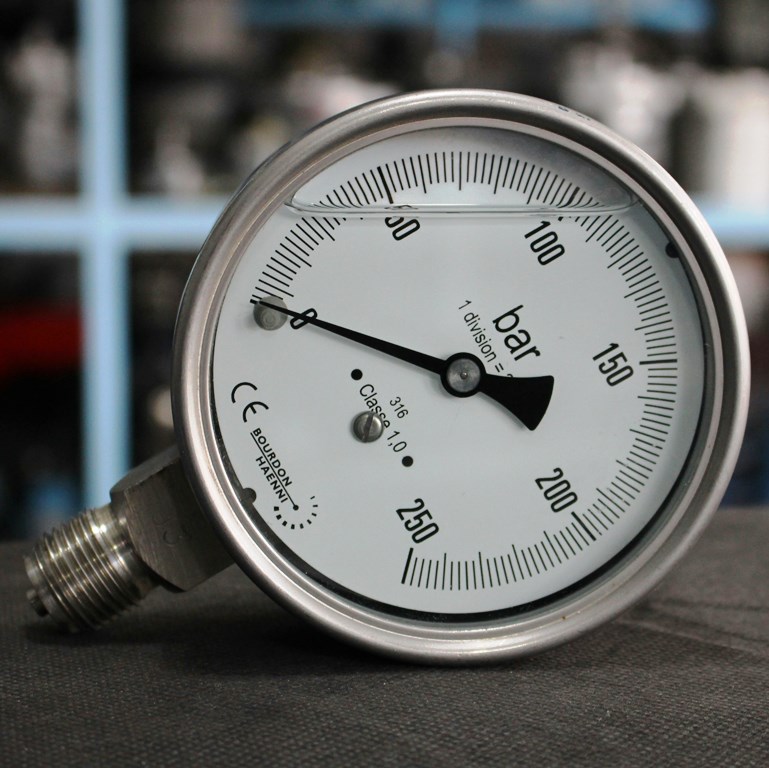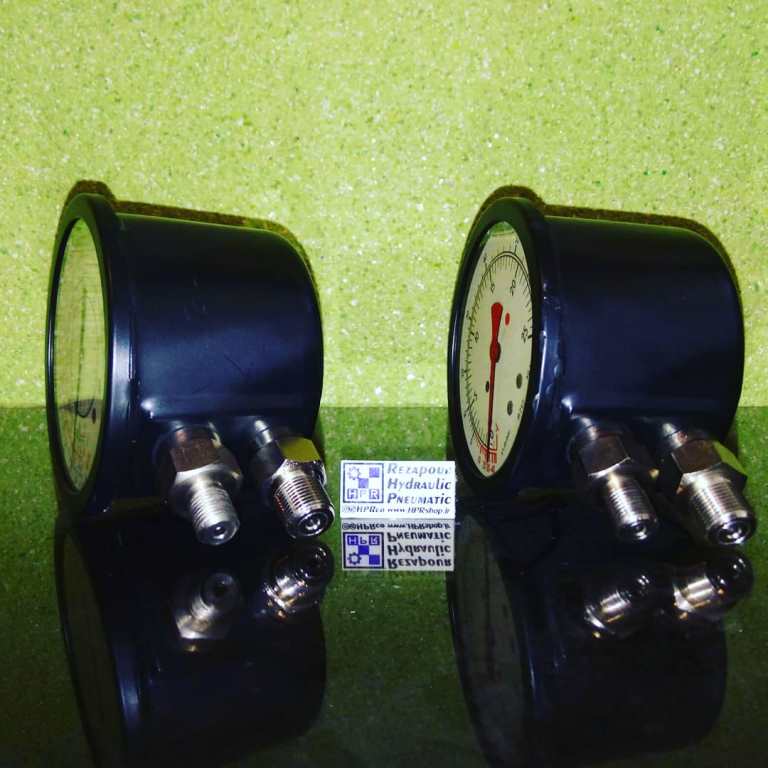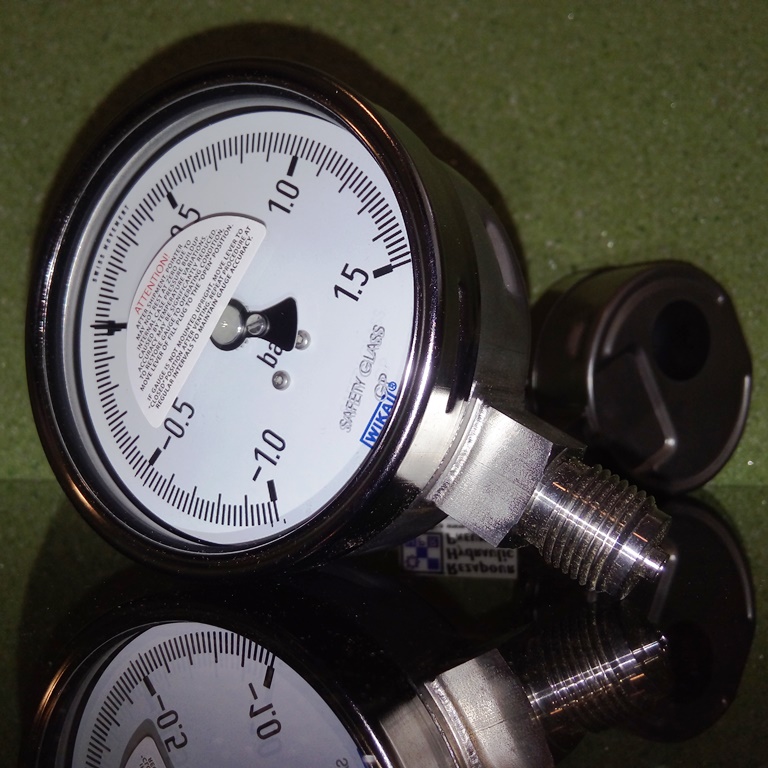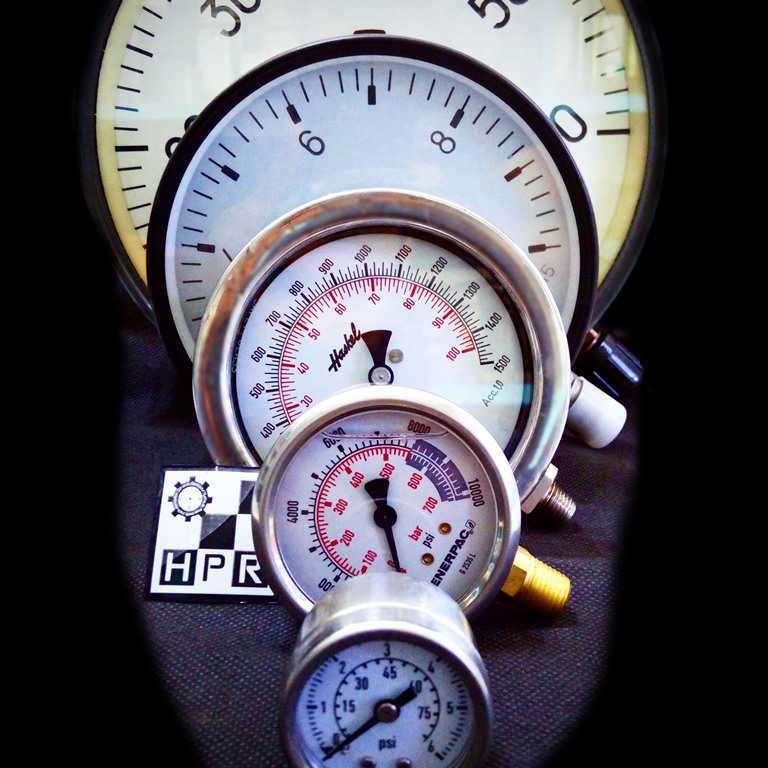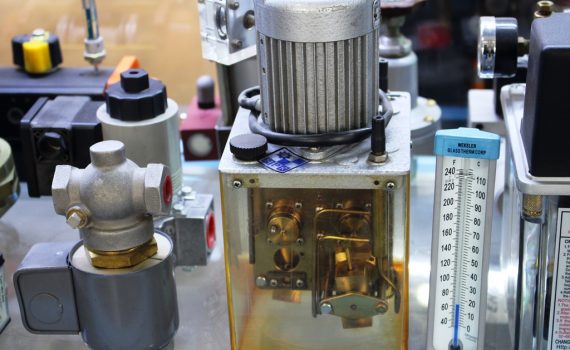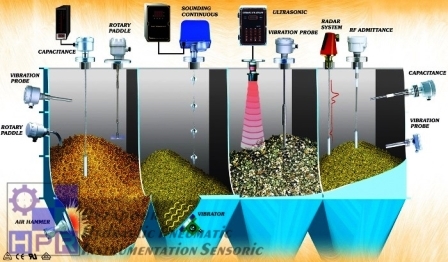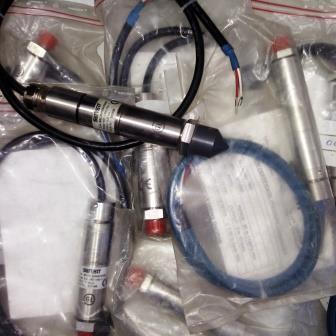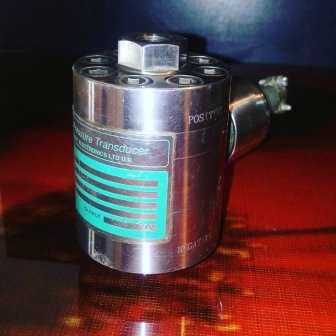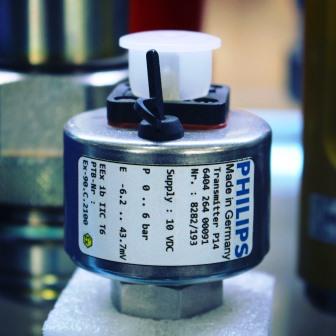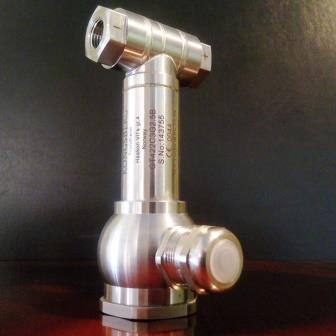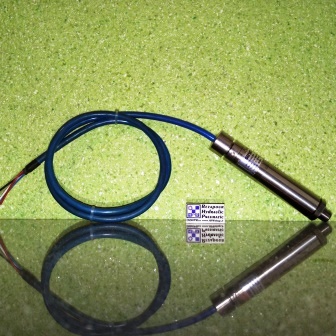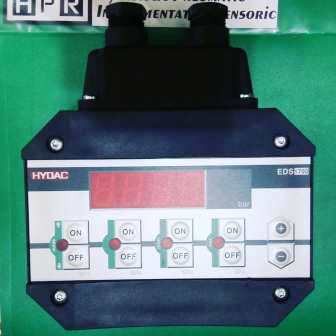شیر اطمینان
مرکز تخصصی تامین و پخش انواع شیر اطمینان برای مصارف گوناگون.
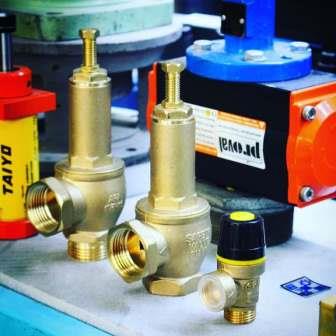
انواع شیراطمینان ( سوپاپ اطمینان شیر اطمینان ) در سایزها و رنجها و فشارهای مختلف 
شیر اطمینان استیل ضد زنگ استنلس استیل 316
شیر اطمینان چیست ؟
(به انگلیسی: Relief valve) گونهای از شیرهای صنعتی است. که جهت تنظیم ، کاهش و ثابت نگه داشتن فشار خروجی شیر در خطوط انتقال ، شبکه و توزیع آبهای آشامیدنی و خام و دیگر صنایع. حتی در صورت ایجاد نوسان در فشار ورودی مورد استفاده قرار می گیرند . شیر های فشار شکن در دو نوع مکانیکی و پایلوتدار مورد استفاده می گیرند .
شیرهای اطمینان با عبور دادن سیال تحت فشار از یک مسیر جانبی، فشار موجود در سیستم را رها میکنند. این شیرها به گونه ای طراحی یا تنظیم شده اند. که در یک فشار از قبل تعیین شده، عمل میکنند و از مخزنهای تحت فشار و سایر تجهیزات سیستم که در معرض فشار هستند.، در برابر فشار بیش از حد مجاز محافظت میکنند.
شیر اطمینان فشار يا PSV يكي از تجهيزات ايمني در صنعت تاسیسات است. كه مانع از قرار گرفتن لوله ها، شيرآلات، مخازن تحت فشار و… در شرايط فشاري بيش از فشار طراحي مي شود. بنابراين انتخاب PSV بسيار مهم بوده و بايد با احتياط كامل صورت پذيرد.
در انتخاب PSV و تعيين جزئيات آن چند سئوال مهم مطرح مي گردد:
چه نوع PSV براي فرآيند مورد نظر ما مناسب است؟
آيا روش ساده اي براي محاسبه سايز PSV وجود دارد كه راحت تر از محاسبات دستي باشد؟
چه نوع متريالي برايPSV بايد انتخاب گردد تا با شرايط فرآيندي مورد نظر هم خواني داشته باشد؟
قبل از پاسخ دادن به اين سوالات و نحوه انتخابPSV بهتر است با نحوه كار PSV آشنا شويم. و آشنايي با قطعات اساسPSV به ما كمك خواهد كرد كه با آگاهي كامل اين انتخاب را انجام دهيم.
تعريف شير اطمينان فشار PSV:
طبـق استـاندارد .API 520 Part 1 كه به بررسي نحوه انتخاب، محاسبه سايز، نحوه نصب تجهيزات فشار شكن در پالايشگاه ها مي پردازد. در مورد شير اطمينان تعريف زير ارائه شده است.: يك شير اطمينان شيري است كه توسط يك فنر بسته شده است. و با رسيدن فشار پشت شير به يك فشار استاتيكي مشخص عمل كرده و به سرعت باز مي شود. (به اين عملPOP كردن شير مي گويند) شيرهاي اطمينان معمولاً براي سيالات تراكم پذير كاربرد دارد. با مشخص بودن مساحت سطح مجرابند و اندازه نازل مي توان مشخص نمود كه چه حجم سيال از شير خارج خواهد شد. در ابتدا بايد اندازه نازل خروجي (كه اُرفيس ناميده مي شود) محاسبه گردد.
در صنعت، مخازن تحت فشار بايستي بوسيله دريچه اطمينان محافظت شوند. دريچه هاي اطمينان را بايد طوري انتخاب كرد كه در صورت بهم خوردن تعادل در فشار مخزن، شير اطمينان باز شده و مقاديري اضافي مايع يا گاز را خارج كند. در مواردي كه فشار علاوه بر امكان بهم خوردن تعادل در شرايط كاري در معرض خطرات آتش سوزي و يا انفجار نيز هستند بايد اين شيرها طوري انتخاب شوند. كه نه فقط در فشار معيني باز گردند بلكه ظرفيت آنرا را داشته باشند تا مقدار زيادي مايع يا گاز داخل مخزن را كه در اثر حرارت تغيير حالت داده است را به خارج منتقل كنند.
شيرهاي اطمينان در فشاري در حدود 10% بيش از فشاري كه مخزن بايد نگه دارد و يا درحدود بالاترين فشاري كه مخزن مي تواند تحمل كند طراحي مي شوند. در مخازن ضد انفجار ،فشار مخزن نبايد از 20% فشار طراحي بالاتر برود. شيرهاي اطمينان به عنوان وسيله اي مناسب جهت جلوگيري از ازدياد فشار ناگهاني در موتورخانه ها، كارخانه ها و بطور كلي انواع سايت-هاي صنعتي و براي انواع سيالات. از قبيل گاز، بخار، آب و يا هواي فشرده استفاده مي گردند. محدوديت فشار در اينگونه كاربردها معمولاً ناشي از فشار قابل تحمل تجهيزات، لوله ها و دستگاه ها .و يا محصولات توليدي و همچنين مسائل مرتبط با حفظ ايمني افراد مي باشد كه اصطلاحاً به محدوده فشار كاركرد امن. (Safe operating limits for pressure) و يا SOL/P معروف است.
نحوه باز شدن شيرهاي اطمينان و مشخصات كاري آنها ارتباط مستقيم با نحوه طراحي قطعات داخلي شير دارد. در اغلب موارد اين طراحي بگونه اي انجام مي گيرد. كه پس از شروع باز شدن شير اطمينان در اثر ازدياد فشار، در اثر خاصيت (POP Action). اين عمل به سرعت تشديد شده تا زماني كه شير كاملاً باز گردد.
شيرهاي اطمينان بوسيله آزاد كردن مقداري از سيال به واحد (يا به درون خطوط) عمليات ايمن سازي را انجام مي دهند. شيرهاي فشار در جاهائيكه حداكثر فشار كاري بوجود مي آيند نصب مي گردند. درسيستم-هاي توليد بخار، شيرهاي اطمينان براي جلوگيري از افزايش فشار بر روي بويلرها نصب مي گردند.
در ارتباط با شيرهاي اطمينان لازم است كه با اصطلاحاتي در اين زمينه آشنا شويم:
Over Pressure (بالاترين فشار):
فشاري است كه شيراطمينان در وضعيت كاملاً باز قرار مي گيرد و حداكثر ظرفيت تخليه خود را دارا مي باشد. واضح است كه اين فشار بالاتر از فشار نقطه تنظيم (Set pressure) مي باشد و مقدار آن با توجه به كاربردها و استانداردهاي مختلف، متفاوت مي باشد. استاندارد .BS 5500 اين مقدار اختلاف فشار را در مورد سيستم هاي بخار و گاز برابر حداكثر 10% درصد فشار تنظيمي شير اطمينان در نظر مي گيرد. شيرهاي اطمينان در فرآيندهاي كه ممكن است. در اثر ازدياد فشار به محصول و يا تجهيزات خسارتي وارد شود از بروز اين خسارات جلوگيري مي كنند.
Blow Down (پايين ترين فشار):
مقدار اختلاف فشار پايين تر از نقطه تنظيم شير اطمينان است. كه جهت بسته شدن كامل و محكم شير اطمينان پس از باز شدن و سپس برگشت سيستم به فشار عادي مورد احتياج مي باشد.اين پارامتر بهReset Differentialنيز معروف است. ميزان Blow down نيز طبق استاندارد مذكور حدود10% مي باشد.مقاديرOver pressure وBlow down بسته به نوع سيستم انتخاب طراح متغيير بوده. و بطور مثال مي تواند به ترتيب 3% و 4 % انتخاب گردند.
در هر جایی که احتمال افزایش فشار بیش از حداکثر مجاز سیستم (MA WP). وجود داشته باشد. باید از شیر اطمینان استفاده کرد. در سیستم های بخار، شیر اطمینان (سوپاپ اطمینان) معمولا در روی بویلر (دیگ بخار) و تجهیزاتی مانند خروجی فشار شکن ها نصب می شود.
حتی گاهی از شیر اطمینان به عنوان یک شیر خودکار یکطرفه استفاده می کنند.
افزایش فشار مجاز به دلایل مختلف اتفاق می افتد :
– جریان ناخواسته سیال توسل شیرهای قطع و وصل
– عملکرد نامناسب و یا خرابی شیرهای تقلیل فشار
– نقص در سیستم خنک کننده که موجب تبخیر و انبساط سیال می شود
– قطع نیروی الکتریسیته یا هوای فشرده به سیستم های کنترل
– آتش سوزی
– شکست لوله های مبدل های حرارتی
– واکنش های شیمیایی ناخواسته
– تغییرات دمای محیل
– …
انواع مختلفی از شیرهای اطمینان یا سوپاپ اطمینان با استاندارد های گوناگون مورد استفاده قرار می گیرند.
اصطلاح Safety Valve در اروپا معادل Safety Relief Valve یا Pressure Relief Valve در آمریکا است. و لغت Safety Valve در آمریکا اصطلاحا به شیر اطمینان Full-Lift در اروپا اطلاق می شود.
تعریف شیر اطمینان یا سوپاپ اطمینان در استاندارد DIN3320 و BS 6759 به شرح زیر است :
شیر اطمینان شیری است که به صورت اتوماتیک. و بدون کمک هر گونه انرژی خارجی موجب تخلیۀ مقدار مشخصی از سیال شده تا از افزایش فشار. بیش از مقدار تعیین شده جلوگیری کند و همچنین پس از بازگشت فشار به حالت طبیعی، بسته شده و از خروج بیشتر سیال جلوگیری کند.
A relief valve or pressure relief valve (PRV). is a type of safety valve used to control or limit the pressure in a system; pressure might otherwise build up and create a process upset, instrument or equipment failure, or fire. The pressure is relieved by allowing the pressurized fluid to flow from an auxiliary passage out of the system. The relief valve is designed or set to open at a predetermined set pressure to protect pressure vessels. and other equipment from being. subjected to pressures that exceed their design limits.
When the set pressure is exceeded, the relief valve becomes the “path of least resistance” as the valve is forced open and a portion of the fluid is diverted through the auxiliary route. In systems containing flammable fluids, the diverted fluid (liquid, gas or liquid-gas mixture). is usually .routed through a piping. system known as a flare header or relief header to .a central, elevated gas flare where it is usually burned and the resulting .combustion gases are released to the atmosphere.
In non-hazardous systems, the fluid is often discharged to the atmosphere by a suitable discharge pipework. designed to prevent rainwater ingress .which can affect the set lift pressure, and positioned not to cause a hazard .to personnel. As the fluid is diverted, the pressure inside the vessel will stop rising. Once it reaches the valve’s reseating pressure, the valve will close. The blowdown is usually stated as a percentage of set pressure and .refers to how much. the pressure needs to drop before the valve reseats. The blowdown can vary from roughly 2–20%, and some valves have adjustable blowdowns.
In high-pressure gas systems, it is recommended that the outlet of the relief valve is in the open air. In systems where the outlet is connected to piping, the opening of a relief valve will give a pressure build-up in the piping .system downstream of the relief valve. This often means that the relief valve will not re-seat once the set pressure is reached.
For these systems often so-called “differential” relief valves are used. This means that the pressure is only working on an area that is much smaller .than the area of the opening of the valve. If the valve is opened the .pressure has to decrease. enormously before the valve closes and also the outlet pressure of the valve can easily keep the valve open. Another. consideration is that if other relief valves are connected to the outlet pipe. system., they may open as the pressure in the exhaust pipe system increases. This may cause undesired operation.
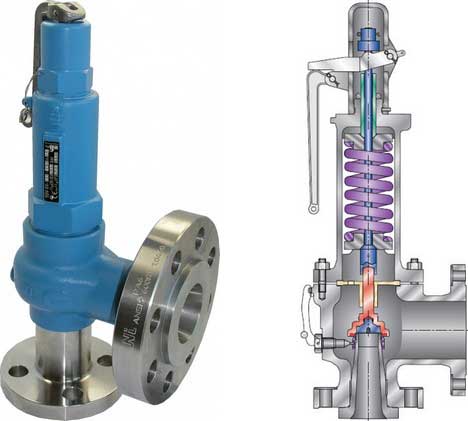
In some cases, a so-called bypass valve acts as a relief valve by being used .to return all or part of the fluid discharged by a pump or. gas compressor back to either a storage reservoir or the inlet of the pump or gas compressor.
This is done to protect the pump or gas compressor and any associated equipment from excessive pressure. The bypass valve and bypass path can. be internal (an integral part of the pump or compressor). or external .(installed as a component in the fluid path). Many fire engines have such relief valves to prevent the overpressurization of fire hoses.
In other cases, equipment must be protected against being subjected to an. internal vacuum (i.e., low pressure) that is lower than the equipment can .withstand. In such cases, vacuum relief valves are used to open at a .predetermined low-pressure limit and to admit air or an inert gas into the. equipment to control the amount of vacuum.
In the petroleum refining, petrochemical and chemical manufacturing, natural gas processing and power generation industries., the term relief valve is associated with the terms pressure relief valve (PRV)., pressure safety valve (PSV) and safety valve:
- Pressure relief valve (PRV) or Pressure Release valve (PRV) or pressure safety valve (PSV): The difference is that PSVs. have a manual lever to activate the valve in case of emergency. Most PRVs are spring operated. At lower pressures some use a diaphragm in place of a spring. The oldest PRV designs use a weight to seal the valve.
- Set pressure: When the system pressure increases to this value, the PRV opens. The accuracy of the set pressure may follow guidelines set by the American Society of Mechanical Engineers (ASME).
- Relief valve (RV): A valve is used on a liquid service, which opens proportionally as the increasing pressure. overcomes the spring pressure.
- Safety valve (SV): Used in gas service. Most SVs are full lift or snap-acting, in that they pop completely open.
- Safety relief valve (SRV): A relief valve that can be used for gas or liquid service. However, the set pressure will usually only be accurate for one type of fluid at a time.
- Pilot-operated relief valve (POSRV, PORV, POPRV): A device that relieves by remote command from a pilot valve. which is connected to the. upstream system pressure.
- Low-pressure safety valve (LPSV): An automatic system that relieves by the static pressure of a gas. The relieving pressure is small and near the atmospheric pressure.
- Vacuum pressure safety valve (VPSV): An automatic system that relieves by the static pressure of a gas. The relieving pressure is small, negative, and near the atmospheric pressure.
- Low and vacuum pressure safety valve (LVPSV): An automatic system that relieves by the static pressure of a gas. The relieving pressure is small, negative, or positive, and near the atmospheric pressure.
- Pressure vacuum release valve (PVRV): A combination of vacuum pressure and a relief valve in one housing. Used on storage tanks for liquids to prevent implosion or overpressure.
- Snap acting: The opposite of modulating, refers to a valve that “pops” open. It snaps into a full lift in milliseconds. Usually accomplished with a skirt on the. disc so that the fluid passing the seat. suddenly affects a. larger area and creates more lifting force.
- Modulating: Opens in proportion to the overpressure.
انواع شیراطمینان ( سوپاپ اطمینان شیر اطمینان ) .در سایزها و رنجها و فشارهای مختلف برای آب بخار گاز هوا مایع کاربردی در دیگ بخار مخزن منبع مواد غذایی. استیل ضد زنگ استنلس استیل 304 316 .برنجی تایوان فولادی کربن استیل قابل تنظیم.
شیراطمینان سوپاپ اطمینان شیر اطمینان در سایزها و رنجها و فشارهای مختلف. برای مصارف آب بخار گاز هوا مایع وکیوم کاربردی در دیگ بخار تست مخازن هیدرواستاتیک. مخزن منبع مواد غذایی استیل ضد زنگ استنلس استیل 304 316 برنجی فولادی کربن استیل قابل تنظیم.
Ara safety valve turkey pn16 Taylor valve tech pressure relief valve SS awuatrol inc. usa niezgodka npt pn600 SS316. Marshalsea 14530-02 rhps nl. 12mm prv6-02 400 600 Bar set .range mono. radial rvi ha st supply inlet. kunkle valve div hoston tx psi ¾ mod 6010ddm01 .km. 207 413 bar TC100098/001 set 288 bar. eX II2G T4 ce 0353 Sigma 24rv16 10000psi cp .16361 24R33 HISCO aquatrol inc. Elbrun il usa u.s.a. ADJ-25-75 shimmer FLOW IN OUT. ara safety valve pn16 valve tech relief valve ss awuatrol inc. usa niezgodka npt pn600.
